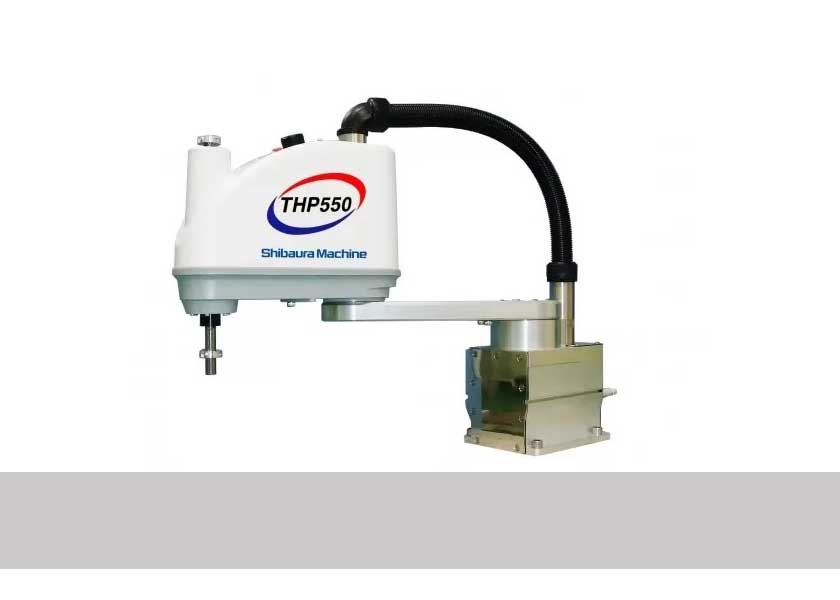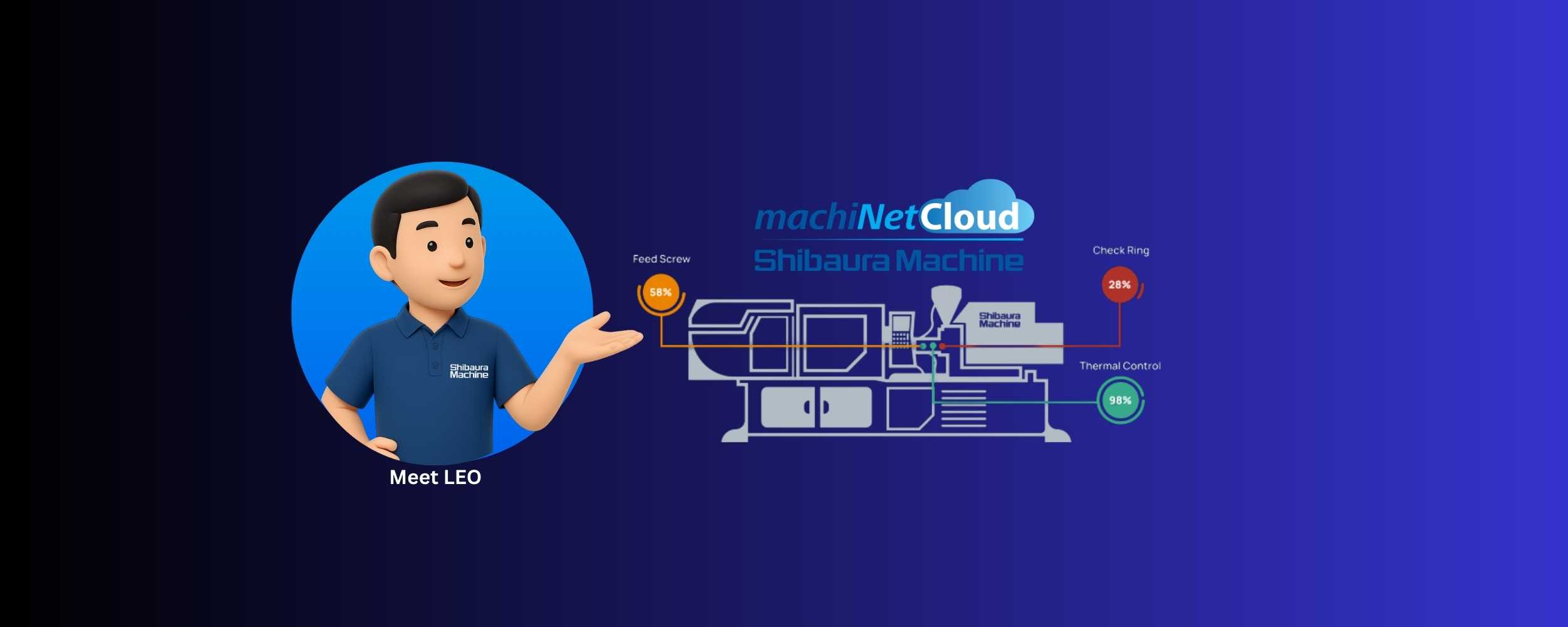How AI Predictive Maintenance Is Transforming Injection Molding
ELK GROVE VILLAGE, IL, September 08, 2025 -
Injection molding is a dance with physics—turn liquids into solids, fast and repeatably, every shot. Traditional predictive maintenance (PdM) excels at planning service and avoiding breakdowns. What most lines also need, minute to minute, is on-machine virtual intelligence that keeps the process centered before alarms trip or quality drifts.
That’s why Shibaura Machine supplements PdM with Smart Machine and LEO (Line Efficiency Optimizer) on the machine - plain-language guidance that explains what changed and recommends the next best step, so even newer operators make expert-level decisions in cycles.
Across industries, PdM programs have been shown to reduce unplanned downtime by ~30–50% and extend asset life by ~20–40%. Meanwhile, unplanned outages cost the Fortune Global 500 ~$1.5T/year, with many plants citing ~$125,000 per hour when lines are down - significant numbers for cost and schedule-sensitive molding programs.
The Time Is Now for Predictive AI in Injection Molding
1) Market differentiation at scale. Advantage has shifted from heavier frames to deployable intelligence. With PdM plus on-machine virtual intelligence (Smart Machine + LEO), Shibaura Machine stabilizes the process in-cycle and reduces energy per shot; machiNetCloud then standardizes those gains across lines and sites. Plants that adopt it see faster ramp-ups, steadier quality, and lower cost per part across the fleet.
2) The skills gap. Recruiting realities vary by plant and by shift. Recent research projects ~3.8M new U.S. manufacturing hires needed (2024–2033) and as many as 1.9M could remain unfilled without upskilling.
LEO is there to support operators at any skill level - explaining what changed and the next best step in plain language—so newer team members avoid trial-and-error and veterans capture best-known methods. The result is confidence and consistency across the schedule, with less cognitive load and fewer firefights.
3) Complexity, compliance—and cost. Modern programs require continuous re-tuning to cut energy, reduce waste, and hold tighter tolerances. New frameworks (e.g., CSRD/ESRS) raise the bar for transparent, auditable energy/CO₂ data—making smart monitoring and auto-optimization a procurement criterion.
Even when ESG isn’t the headline, on-machine guidance + fleet PdM lowers cost and risk: less scrap and rework, faster changeovers, fewer unplanned stops, better OEE, and lower energy per part—with cleaner data for customers. Bottom line: smarter monitoring and auto-optimization make programs easier to run, schedule, and quote—with the sustainability upside built in.
How AI Predictive Maintenance Works
Data, every cycle.
The machine streams controller tags (charge time, cushion, transfer pressure, melt temperature), machine-health signals (screw torque/current, hydraulic pressure ripple, vibration, heater current vs. achieved temperature), and in-mold data (cavity pressure/temperature), along with context like material, mold, and ambient conditions.
Models, not guesses.
- Anomaly detection surfaces subtle drift long before alarms trip.
- Failure classifiers recognize patterns tied to common modes (non-return valve/check-ring wear, heater-band degradation, pump/bearing issues, cooling imbalance).
- Remaining Useful Life (RUL) estimates convert patterns into time-to-service windows.
- Optimization advisors suggest setpoint tweaks that hold quality while lowering energy per shot.
Action—where value happens.
- On-machine, having a solution integrated to explain what’s changing and recommending the next best step—so even newer operators run like experts.
- Fleet-wide, leveraging an IIoT solution to turn detections into lifecycle alerts, planned work orders, and shared learnings across cells.
Shibaura Machine’s Approach: Two Layers That Work Together
We don’t stop at the operator. Shibaura Machine connects the injection molding machine, the line, and the people who support them - so everyone sees the same truth and acts faster.
Layer 1: Smart Machine (on-machine virtual intelligence)
What it is: Production-ready intelligence that runs on the injection molding machine.
What it does:
- Watches process behavior in real time and issues usable, actionable PdM alerts to the operator.
- LEO (Line Efficiency Optimizer) explains what changed and the next best step in plain language—stabilizing the process in-cycle, cutting trial-and-error, scrap, and energy per shot (a priority in CSRD-driven procurements).
- Typical catches: creeping drift in temps/pressures/timing, early signs of heater degradation, check-ring wear, cooling imbalance.
Why it matters: Avoids downtime at the machine by guiding the correction while the job is running. (Optional add-on; configured like machiNetCloud.)
Layer 2: machiNetCloud (fleet-level PdM & visibility)
What it is: A fleet layer that connects all machines and auxiliaries into one view—so maintenance, engineering, and leadership have at-your-fingertips visibility anywhere.
What it does:
- Mirrors and broadcasts Smart Machine/LEO insights across lines and locations.
- Centralizes lifecycle alerts, downtime reasons & trends, quality/recipe management, and energy/CO₂ tracking.
- Turns detections into planned actions, spares readiness, and standardized best-known settings.
Why it matters: Avoids downtime when you’re not in front of the injection molding machine and scales the wins from one machine to the entire fleet.
Why this combo is the “dream team” for manufacturers
- Smart Machine + LEO: Acts in seconds/minutes to keep the process in tune - actionable, plain-language guidance that prevents small issues from snowballing.
- machiNetCloud: Acts in hours/days to keep the fleet available—coordinating maintenance and making improvements visible to everyone, anywhere.
Bottom line: On-machine intelligence prevents problems before they stop a job; fleet visibility prevents isolated fixes and surprises across the plant. Together you get fewer unplanned stops, steadier quality, lower cost per part, and complete transparency for everyone who needs to be involved.
What the AI Actually Watches (& Why It Matters)
On molding equipment, health and quality overlap. The system reads multiple signal families so it can spot changes early and guide the next best action - on the machine and across the fleet.
Plasticizing Unit Signals (Check-Ring & Screw Wear)
- Signals: torque/current signatures, charge time, cushion stability, melt temperature
- Impact: catches plasticization issues before they become weight drift, shorts, or flash
Heaters
- Signals: per-zone current vs. achieved barrel temperature, zone imbalance
- Impact: flags partial band failures or insulation loss early; ties directly to energy per shot and changeover time
Drives & Hydraulics Signals
- Signals: vibration, case temperature, pressure ripple, load profiles
- Impact: early warnings for pump/bearing or drive issues that can turn into unplanned stops
Clamp & Mold Signals (Cavity Pressure)
- Signals: tie-bar strain, platen parallelism, cavity pressure/temperature trends
- Impact: cavity-pressure monitoring controls variation, surfaces tooling issues early, and reduces quality costs via real-time part disposition.
Consistent data, shared truth. Signals are mapped into a common data layer so operators on the HMI (Smart Machine + LEO) and teams in machiNetCloud see the same story—actionable on-machine, visible fleet-wide.
Tangible Outcomes You Can Expect
- Downtime & maintenance: Programs rooted in predictive analytics typically deliver 30–50% fewer unplanned stops, longer component life, and fewer critical failures.
- Cost of outages: Typical unplanned outages near $125,000/hour make even modest reductions from on-machine guidance plus fleet PdM have a material P&L impact.
- Quality & scrap: In-mold sensing and cavity-pressure-based control provide early warnings, enable real-time part disposition (separate good/bad), and reduce rework.
- Energy & ESG: Continuous optimization at the injection molding machine, plus factory-level tracking (SUSTAIN) lowers energy per part and simplifies CSRD-aligned reporting.
How to Get Started (90-Day Playbook)
- Plug and play with machiNetCloud. Register injection molding machines with machiNetCloud through your Shibaura Machine representative, then set roles/permissions and name lines/cells. No rewiring—standard tags are ready. Capture a 1–2 week baseline: downtime, scrap/FPY, energy per shot, MTBF/MTTR, setup time.
Outputs: fleet enrolled, access set, baseline KPIs logged.
- Enable Smart Machine + LEO on all machines. It’s a system: on-press guidance catches subtle drift on “green” cells; fleet views reveal cross-line patterns. Standardize a watchlist (heaters, pump/bearing, check-ring, cooling) and alert routing.
Outputs: on-press prompts at every cell; unified alerts/flow.
- Quantify what you see (fleet-wide). Trend alert-to-action, unplanned downtime, scrap/FPY, energy per shot, setup/changeover, MTBF/MTTR by cell/line/site. Tag top losses, convert detections to work orders, and kit spares where it pays. Build before/after views to surface fleet benefit.
Outputs: live dashboards (downtime, lifecycle, quality/recipes, energy/CO₂), cost-of-loss rollups, kitted-spares list.
- Manage by insight, not instinct. Run the plant on actionable data: promote best-known recipes, add LEO prompts to SOPs, shift to condition-based service, and hold a weekly review of losses, actions, and wins. Use the numbers to optimize scheduling and process taking the guesswork out of machine and fleet management.
Outputs: governance cadence, updated SOPs, rollout plan, ROI summary.
The Shibaura Machine Smart Machine Advantage
Shibaura Machine pairs proven IIoT, operator-first controls, and open standards to turn the Smart Machine idea into a daily reality.
Smart Machine keeps each machine running at its best; machiNetCloud makes sure the entire organization learns and improves from every cycle. Together, they deliver the outcomes manufacturers actually buy: fewer unplanned stops, lower energy and scrap, faster ramp-ups, and consistent quality.
See it live: We’ll be showcasing both at K-2025 (October, Düsseldorf) - get a hands-on walkthrough of Smart Machine, watch LEO in action, and explore PdM workflows in machiNetCloud.
FAQ
Does on-machine virtual intelligence replace predictive maintenance (PdM)?
No. It supplements PdM. Smart Machine + LEO keeps the process tuned in-cycle (plain-language “next best step” at the HMI), while machiNetCloud provides fleet-level PdM—turning detections into alerts, work orders, and visibility for teams who aren’t at the press.
What signals does the AI monitor in injection molding?
Plasticizing, heaters, drives, and clamp/mold. This monitoring surfaces drift early and links actions to quality, uptime, and energy per shot.
What outcomes should manufacturers expect?
Programs commonly report 30–50% fewer unplanned stops, longer component life, less scrap/rework, faster changeovers, improved OEE, and lower energy per part. Results vary by baseline reliability, sensor coverage, and how consistently teams act on the guidance.
How do we get started—and how fast is value realized?
Enroll machines with machiNetCloud (plug-and-play), enable Smart Machine + LEO on all machines, then track alert-to-action, downtime, scrap/FPY, energy/shot, and MTBF/MTTR in machiNetCloud at your fingertips. Most plants can show a before/after impact within a 90-day pilot once actions, work orders, and best-known recipes are standardized.
Tel: (888) 593-1616
Email: im-success@shibaura-machine.com
Want to know more about our machines?
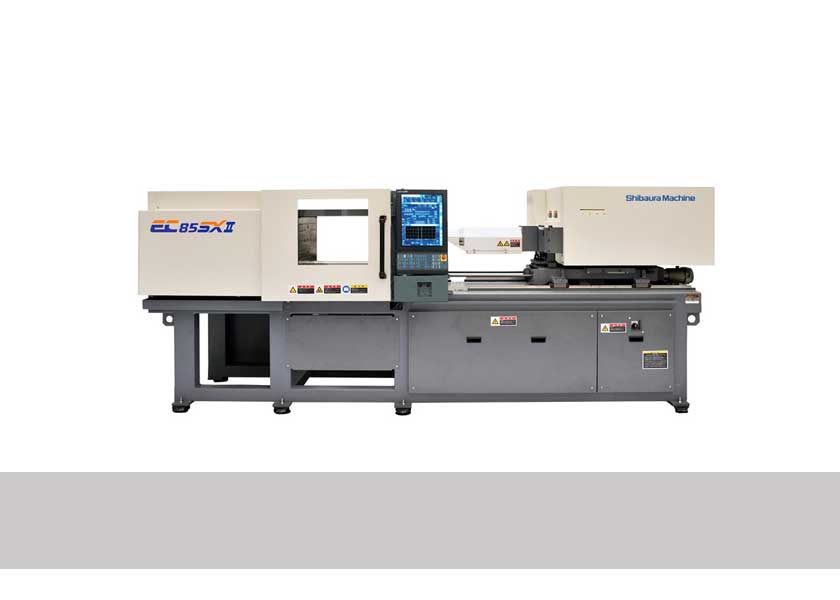
Injection Molding Machines
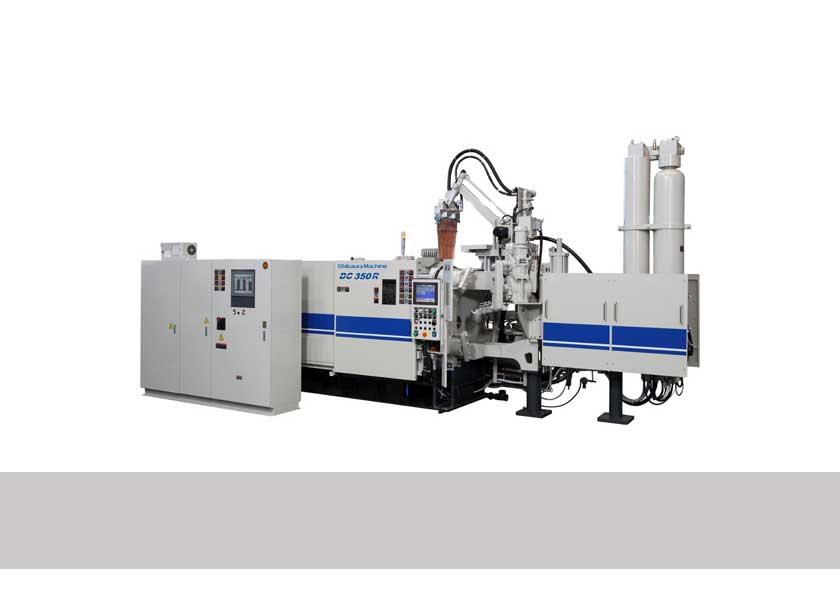
Die Casting Machines
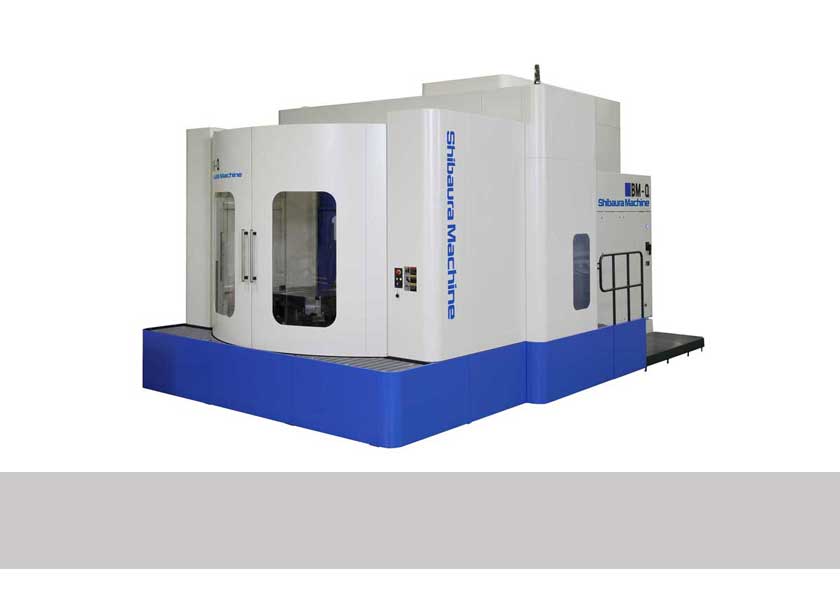
Machine Tools
